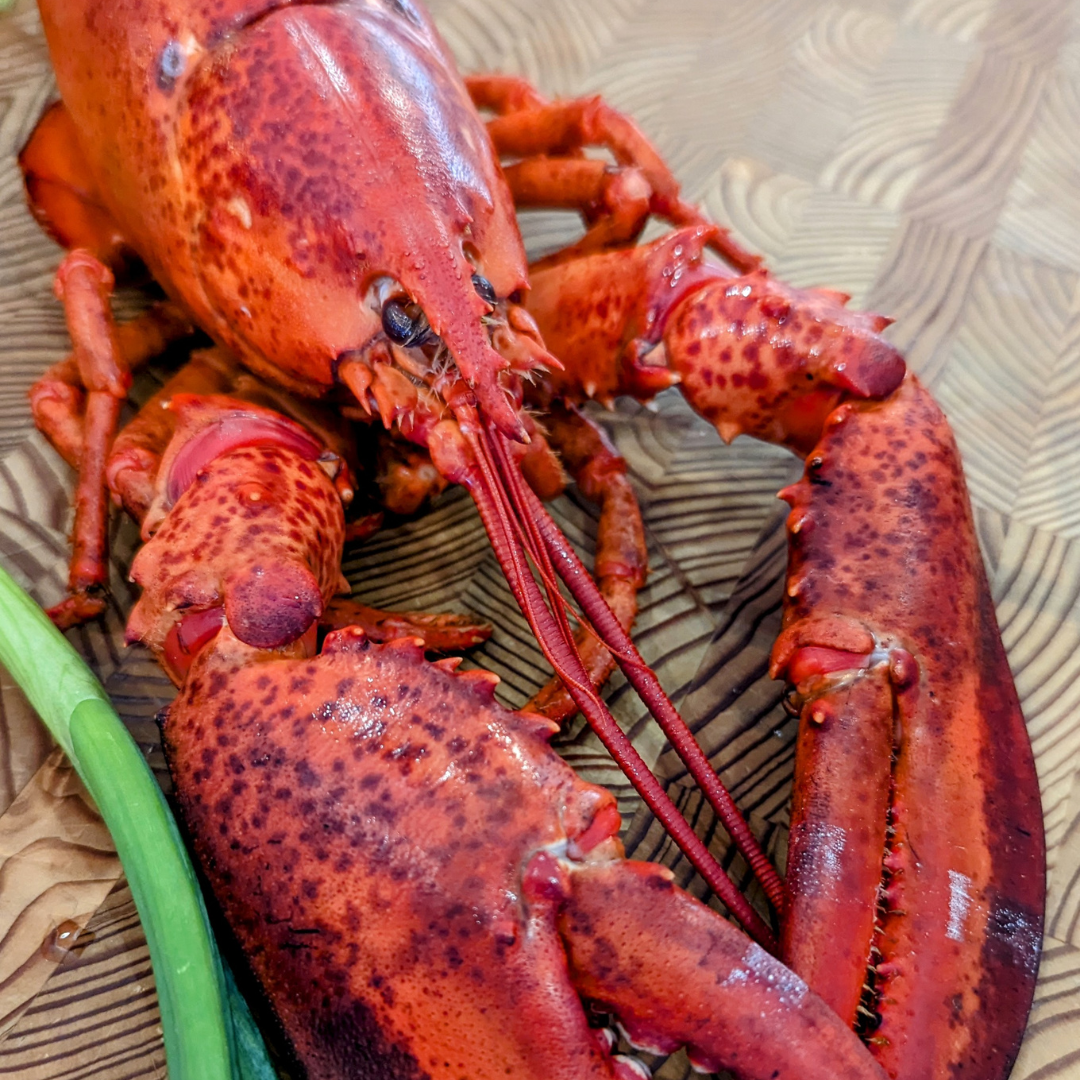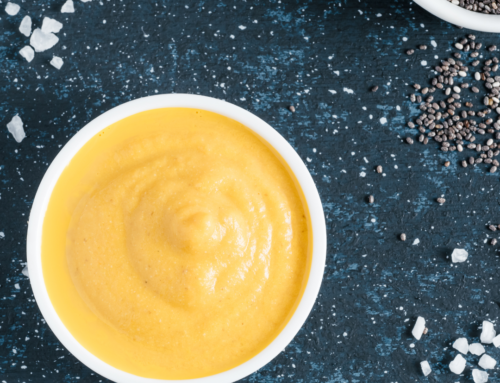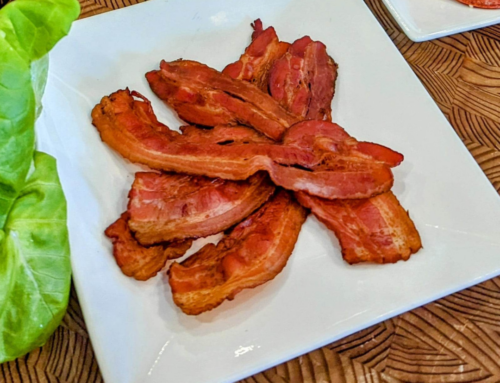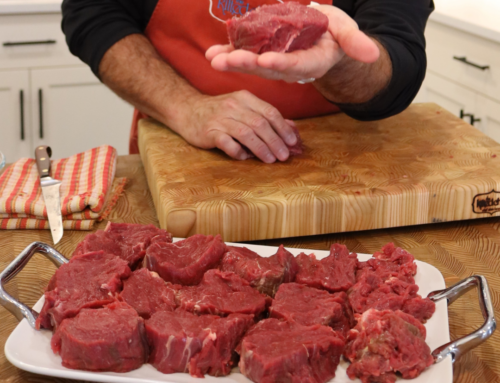Unlock the Secrets to Cracking Lobster Like a Pro
For many seafood lovers, the idea of cracking their own lobster can be intimidating. The hard shell and unfamiliar anatomy of the crustacean can make it seem like a daunting task, but with a little knowledge and practice, cracking lobster can be a fun and rewarding experience.
One of the main reasons people hesitate to crack their own lobster is the fear of not doing it correctly and ruining the meal. However, it’s important to remember that there is no one right way to crack a lobster. It’s a personal preference and there are many techniques that can be used.
Additionally, cracking lobster can be a social activity that adds to the enjoyment of the meal. It can be a fun challenge to see who can crack the most lobsters or who can do it the fastest. It’s also a great way to bond with family and friends over a delicious seafood feast.
In the end, the hesitation to crack your own lobster is often rooted in fear of the unknown. By embracing the challenge and learning about the process, cracking lobster can become a fun and enjoyable experience for all.

CRACKING A COOKED LOBSTER presented by LOGAN’S DAILY CATCH
Twist the tail
To remove the tail, grasp the lobster around the body with one hand and the tail with the other and gently twist. Pull apart the two pieces.
NOTE: You may notice a green substance on the meat which is called the tomalley. There may also be a red substance known as the roe (eggs) found in some female lobster. Both are edible and considered by many to be one of their favorite parts, however they can be scraped off if desired
Cut or crack open the tail
To remove the meat from the tail, squeeze both sides together until you hear (feel) the shell crack. Grab each side of the tail with a hand and open like a book. The meat can now be easily removed.
Twist the claws
To remove the claws, simply grab the body with one hand and gently twist the claws and knuckle with the other hand. Both claws and knuckles will separate easily from the body. Use care when holding the knuckle, since it has sharp protrusions that can hurt if not handled carefully.
Cut or crack the claws open
Crack the claws open with a heavy and sharp knife, or use a lobster cracker (like a nut cracker). Simply bend the claws after it is cracked and the meat can easily be extracted. You can also use the cracker to break the knuckle shell. Don’t forget to remove the meat found in the small part of the lower claws… you will want to get every tasty morsel.
Legs and body
The legs and the body also contain edible meat. Break and open the legs at the joint and use a fork or skewer to draw out the slender pieces of meat contained inside. For the body, simply pull apart the shell to expose the meat around the body. Remember all of the lobster aside from the part located behind the eyes is edible and the choice is up to you on how much you wish to eat.
What parts of the lobster can you eat?
Lobster meat is delicate and white. The waxy red colour next to the meat found in female lobsters is the roe (eggs). Many consider this to be the lobster caviar. The textured green material is referred to as a tomalley (the liver). This is a delectable and tasty part of the lobster. The white foamy substance often encountered is the lobsters’ fat and blood and is also edible.
CARE AFTER COOKING
After the lobster is cooked, store in airtight containers and keep in the refrigerator for up to three days. If the meat is removed from the shell, it can be kept for up to four days in the refrigerator. The lobsters should be stored on their back to prevent loss of juices that could result in a dry product. Cooked lobster meat can also be frozen for use at a later time.
SEAFOOD SAFETY
Be aware of possible cross contamination from the lobster’s head and intestine. Many restaurants choose to serve the lobster cut cleanly in half. It is important to remember that toxins in the head and the waste tract located in the tail can both cause cross contamination if punctured and then pulled throughout the meat by way of the knife. Always cut your lobster on a slight angle to avoid this.
Did you know?
Lobster do not feel pain when immersed into hot water due to its decentralized nervous system (it has no brain, just a series of ganglia).The sound heard when boiling lobster is only the steam escaping from the shell.
The natural colour of an Atlantic Canadian Lobster will vary from blue-green to a rusty brown and can even be found with a blue or white (albino) shell. They will all turn red when cooked (except the white shelled lobster) and will afford the same great taste regardless of shell colour.
Lobsters molt once a year shedding their shell and growing a new one to accommodate their larger size. The red pigment found on the surface of the lobster meat is the next shell.
If you stand a lobster on its head and gently rub its carapace, you can lull it into a sleeping state.
If a lobster has you in its grip, hold perfectly still. The lobster will think that you have died and will release its hold.




Leave A Comment